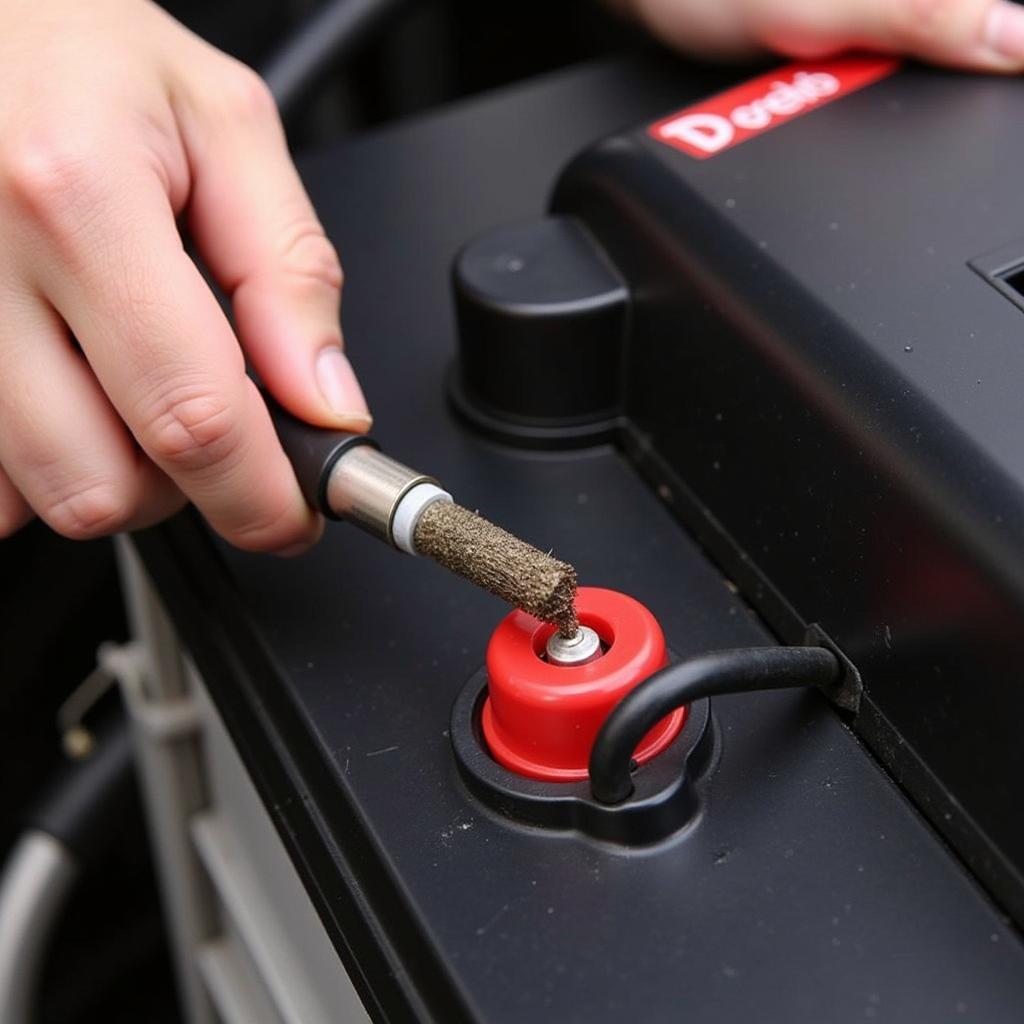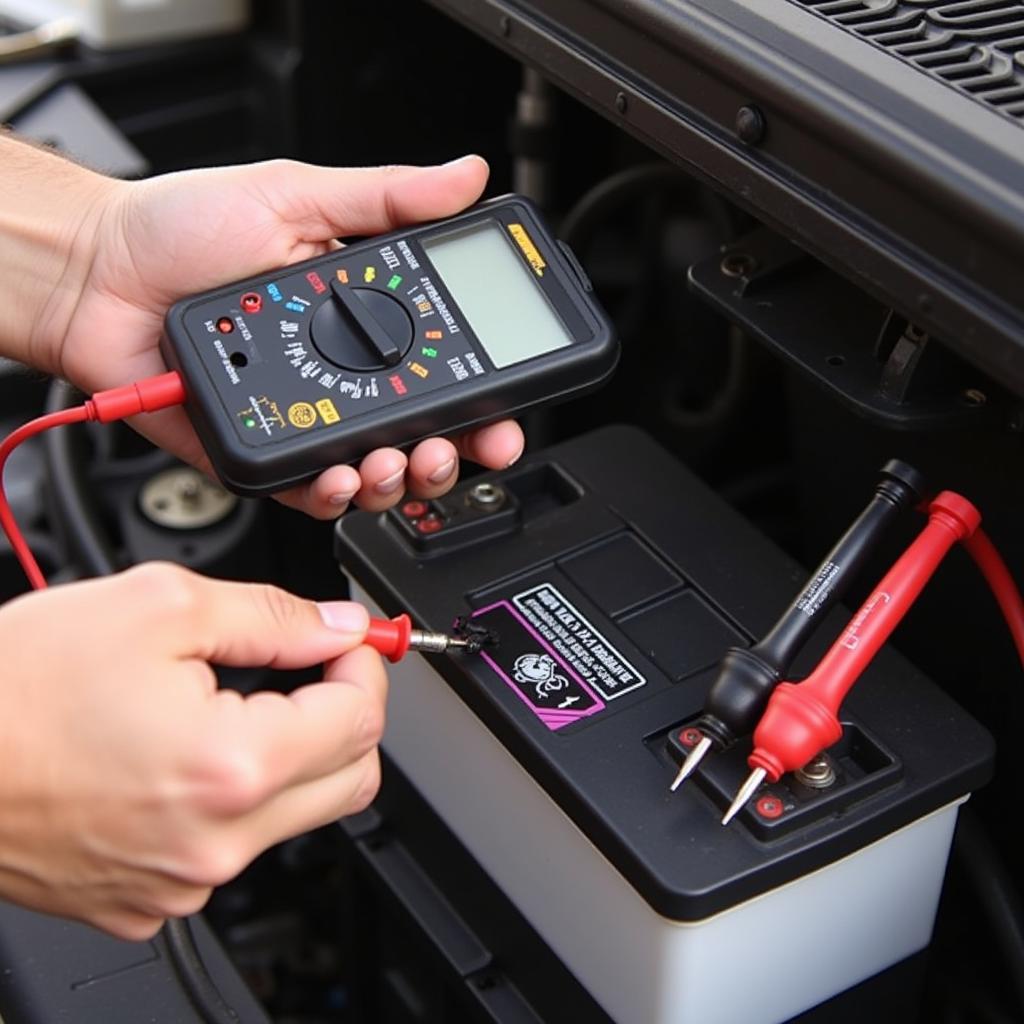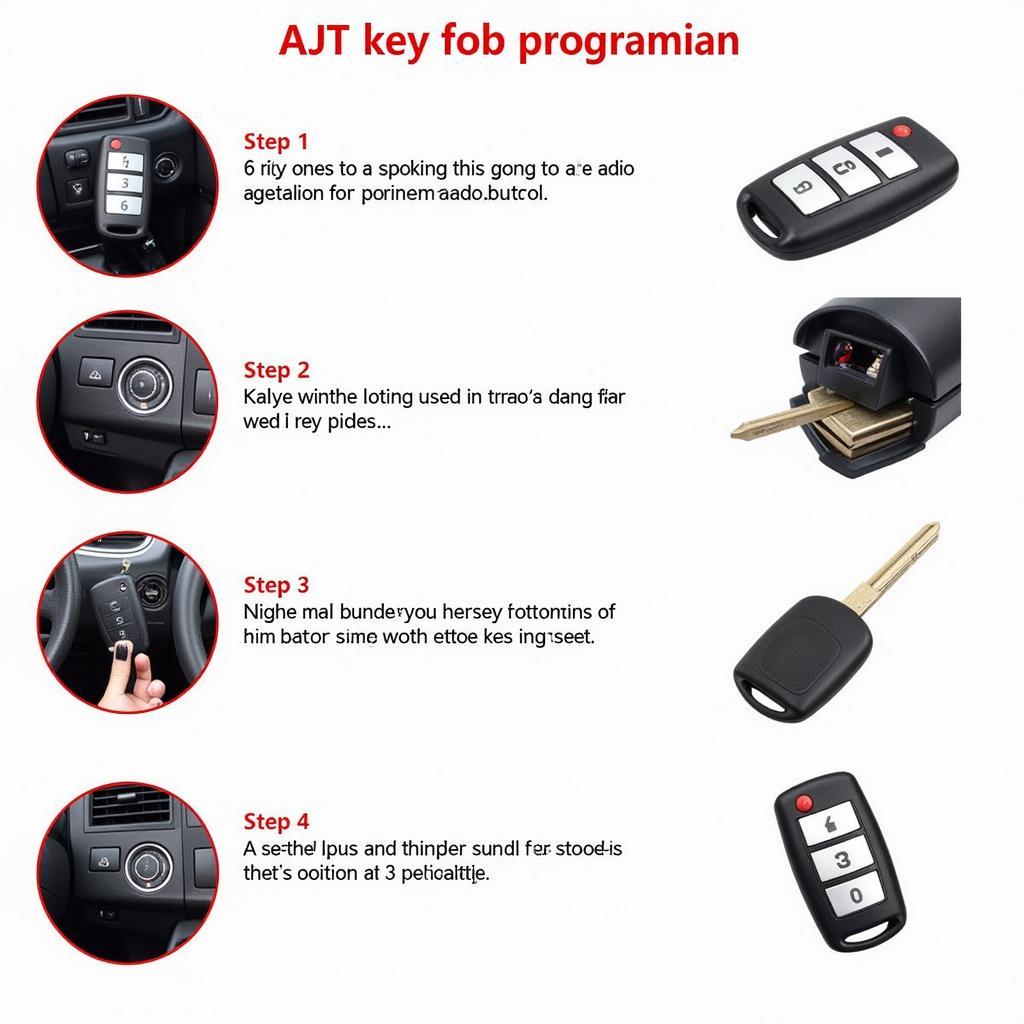Jump starting a car is a common solution for a dead battery, but what if your car still won’t start even after a jump? This guide dives deep into the reasons why your jump start car not starting and provides expert advice for troubleshooting and resolution.
If your car isn’t starting after a jump, the problem likely extends beyond a simple dead battery. It’s crucial to diagnose the underlying issue to avoid further damage and get your car back on the road. One common cause is corroded battery terminals. Check for any buildup and clean them thoroughly. Let’s delve into more complex possibilities. You might find yourself needing more than jumper cables, and resources like diagnosing dead car battery can offer further insight.
Beyond the Jump Start: Why Your Car Still Won’t Turn Over
Several factors can contribute to a car not starting even after a jump start. Understanding these potential culprits is the first step towards a solution.
- Faulty Starter Motor: The starter motor is responsible for cranking the engine. If it’s malfunctioning, the engine won’t turn over even with a jump. Symptoms of a bad starter include clicking sounds, grinding noises, or complete silence when you turn the key.
- Alternator Issues: The alternator recharges the battery while the engine is running. A faulty alternator won’t charge the battery, rendering jump starts a temporary fix.
- Ignition System Problems: The ignition system delivers the spark needed to ignite the fuel. Problems with the ignition coil, distributor, or spark plugs can prevent the engine from starting.
- Fuel System Malfunctions: A lack of fuel, a clogged fuel filter, or a faulty fuel pump can also prevent the engine from starting.
- Electrical Issues: Wiring problems, blown fuses, or a faulty ignition switch can interrupt the electrical flow needed to start the car.
 Checking Battery Terminals for Corrosion
Checking Battery Terminals for Corrosion
A common misconception is that a new battery guarantees a start. This isn’t always true. If you’re experiencing this, check out car still wont start with new battery for helpful advice.
Troubleshooting a Car That Won’t Start After a Jump
Here’s a step-by-step guide to help you pinpoint the issue:
- Check the Battery Connections: Ensure the jumper cables are securely connected to both batteries. Positive to positive, negative to negative.
- Inspect the Battery Terminals: Clean any corrosion from the battery terminals and cable clamps.
- Test the Starter: If you hear a clicking sound when turning the key, the starter might be the culprit. Try tapping on the starter motor with a wrench while someone else turns the key. This can sometimes temporarily dislodge a stuck starter.
- Check the Alternator: With the engine running (if you can get it started), use a multimeter to check the alternator’s voltage output. It should be around 13.5-14.5 volts.
- Inspect the Ignition System: Check for damaged spark plug wires or a faulty ignition coil.
- Examine the Fuel System: Ensure there’s fuel in the tank. Listen for the fuel pump when you turn the key to the “on” position. If you don’t hear it, the fuel pump might be faulty.
 Testing the Alternator with a Multimeter
Testing the Alternator with a Multimeter
“A jump start is a temporary fix, not a long-term solution. Addressing the root cause of a dead battery is crucial,” says John Smith, Senior Automotive Electrical Engineer at CarDiagTech.
If your car is in limp mode after a dead battery, there could be underlying electronic control unit issues. Explore more about this in car in limp mode after dead battery.
Advanced Diagnostics and Remote Solutions
If you’ve exhausted basic troubleshooting steps, consider using advanced diagnostic tools or seeking professional help. Remote diagnostics and software programming can often pinpoint and resolve complex electrical issues without a physical visit to a mechanic.
- Remote Scanning: Remote scanning allows a technician to access your car’s onboard computer system remotely and identify error codes that indicate the source of the problem.
- Software Updates and Reprogramming: Outdated or corrupted software in your car’s control modules can cause various issues, including starting problems. Remote software updates and reprogramming can rectify these problems.
- Remote Coding and Configuration: Remote coding and configuration can address issues related to specific features and functions in your car, such as keyless entry, power windows, and even engine management.
If a flat battery is the culprit, battery flat car won t start offers valuable information about addressing this issue. Another valuable resource is car not starting even with jumper cables which offers solutions for persistent starting issues.
Conclusion
While jump starting can get your car running temporarily, a car not starting after a jump requires further investigation. By understanding the potential causes and following the troubleshooting steps outlined in this guide, you can identify the root of the problem and get your car back on the road. Don’t hesitate to seek professional help or explore remote diagnostic options for more complex issues. Remember, a jump start is just a temporary fix; addressing the underlying issue is crucial for long-term reliability.
“Regular battery maintenance, such as cleaning terminals and checking the alternator, can prevent future starting problems,” adds Jane Doe, Lead Automotive Technician at CARDIAGTECH.

